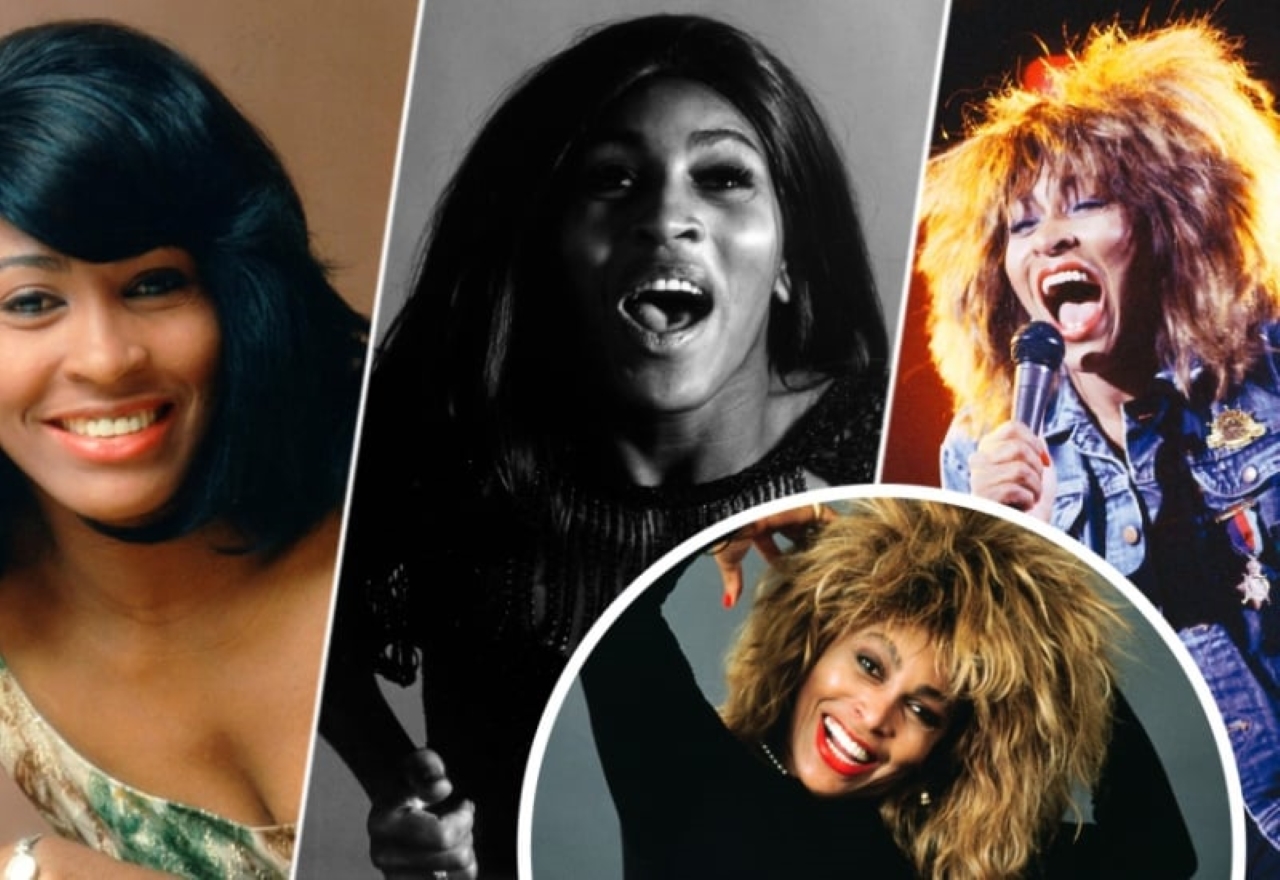🎤 From Survival to Spotlight
By 1984, Tina Turner had already lived a lifetime of reinvention. Once half of the explosive Ike & Tina Turner Revue, she’d spent the ’60s and ’70s commanding stages with unmatched fire. But behind the glamour lay pain. After years of enduring an abusive marriage and professional control, Tina left Ike in 1976 with 36 cents and a gas station credit card.
For years, she was written off—too old, too bruised, too passé. The music industry, dominated by newer, shinier pop acts, didn’t believe a 44-year-old Black woman could stage a comeback. Tina didn’t just prove them wrong. She made them eat their words in heels and leather.

🎧 The Song That Wasn’t Meant for Her
“What’s Love Got to Do with It” wasn’t written for Tina. The song, penned by Terry Britten and Graham Lyle, was offered to other artists first—Cliff Richard, Donna Summer, even Bucks Fizz. All passed.
When it landed on Tina’s lap, even she wasn’t sure about it. The slick, synth-heavy sound was a far cry from her soul-rock roots. But she rewrote the rules. She stripped the lyrics of sweetness and sang them with a kind of wounded defiance. Her voice—husky, jaded, unyielding—turned a catchy pop tune into a personal manifesto.
She wasn’t pleading for love. She was dismissing it.
💔 When Love Becomes a Lie
The lyrics weren’t just words—they were autobiographical. “Who needs a heart when a heart can be broken?” Tina had loved. Tina had endured. But now, Tina was done making love her reason for suffering.
“What’s Love Got to Do with It” wasn’t about romance. It was about reclaiming power. About untangling desire from dependence. It was Tina Turner telling the world: I survived, and I don’t owe love anything.
The song became a quiet anthem for anyone who’d ever had to walk away—not because they didn’t feel love, but because they finally chose themselves.
🏆 A Legacy Etched in Platinum
The track rocketed to No.1 on the Billboard Hot 100—her first and only solo chart-topper. It won three Grammy Awards in 1985, including Record of the Year, making Tina Turner the oldest female solo artist (at the time) to top the charts.
Its success wasn’t just commercial. It was spiritual. For women, especially survivors, it was a signal flare that said: You are not alone. You are not too late. You can begin again.
Years later, the song’s title would become the name of her biopic, starring Angela Bassett in a role that would introduce a new generation to Tina’s strength, scars, and unmatched force.
🌹 The Woman Who Rewrote Her Ending
Tina Turner didn’t just make a comeback. She made a statement. That you can lose everything—love, youth, money—and still rise. That you can say “no more” and start again at 44. That love, for all its poetry, isn’t enough if it costs your peace.
“What’s Love Got to Do with It” isn’t just a song. It’s a line in the sand. A final word. A survivor’s shrug and smile that says:
“I’ve had love. Now I choose freedom.”